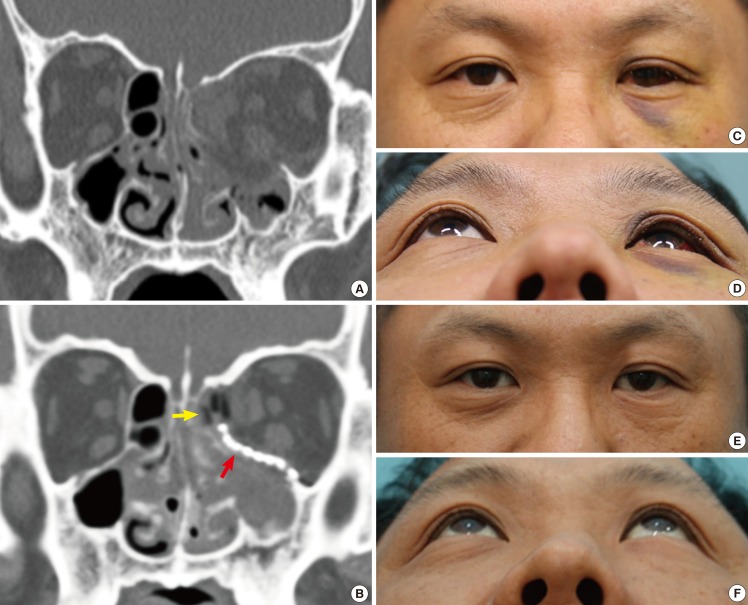Ask for thin cuts 2 3 mm with specific attention to the orbital floor and optic canal.
Ct scan orbital floor mesh.
Orbital fractures pose specific challenge in its surgical management.
This study was prospectively conducted on 10 patients with unilateral orbital floor fractures caused by accident or falls.
This confirms that there is no need for further corrections in this case.
Before the advent of high resolution ct several articles were published in the radiology literature debating the need for direct sagittal views which required cumbersome patient positioning.
Intraoperative computed tomography ct scan may facilitate this procedure.
Orbital floor designed from ct scan data the three dimensional implants closely approximate the topographical anatomy of the hu man orbital floor and medial wall to provide accurate recon struction even after significant two wall fractures 5 6 preformed three dimensional shape.
6 7 see the image below.
Psi placement over failed pre bend mesh.
In case the orbital floor is not properly reconstructed correction of shape and position of the implant is recommended followed by a.
Postoperative ct scan analysis shows that all treatments restored orbital volume and.
The sagittal plane computed tomographic ct scan has been proposed as the most important radiologic view in the diagnosis of orbital floor fractures.
The matrixmidface preformed orbital plates are designed from ct scan data.
One of the greatest challenges is to obtain satisfactory reconstruction by correct positioning of orbital implant.
These plates consist of implants that closely approximate the topographical anatomy of the human orbital floor and medial wall and are intended for use in a selective craniomaxillofacial trauma.
Surgical treatment was performed using subciliary inferior palpebral approach to explore the orbital floor and placement of the titanium mesh and an intraoral antrostomy for endoscopy to magnification of the surgical field and adaptation of the mesh.
The correct anatomic shape of the titanium mesh used for orbital floor reconstruction can be verified in the intraoperative ct scan.
The overlying colored line in the medial wall and orbital floor area indicate the preoperative virtual planning that is superimposed on the mesh reconstructed area.
In intervention group n 5 the ct scan slices were used for generating 3d reconstruction of both affected and unaffected orbits.
A ct scan with axial and coronal views is optimal.
Coronal slice of a postoperative ct scan taken after transconjunctival repair of the complete left medial orbital wall and orbital floor.
For most orbital fractures the imaging study of choice is ct scan.
The aim of this study was to describe t.

